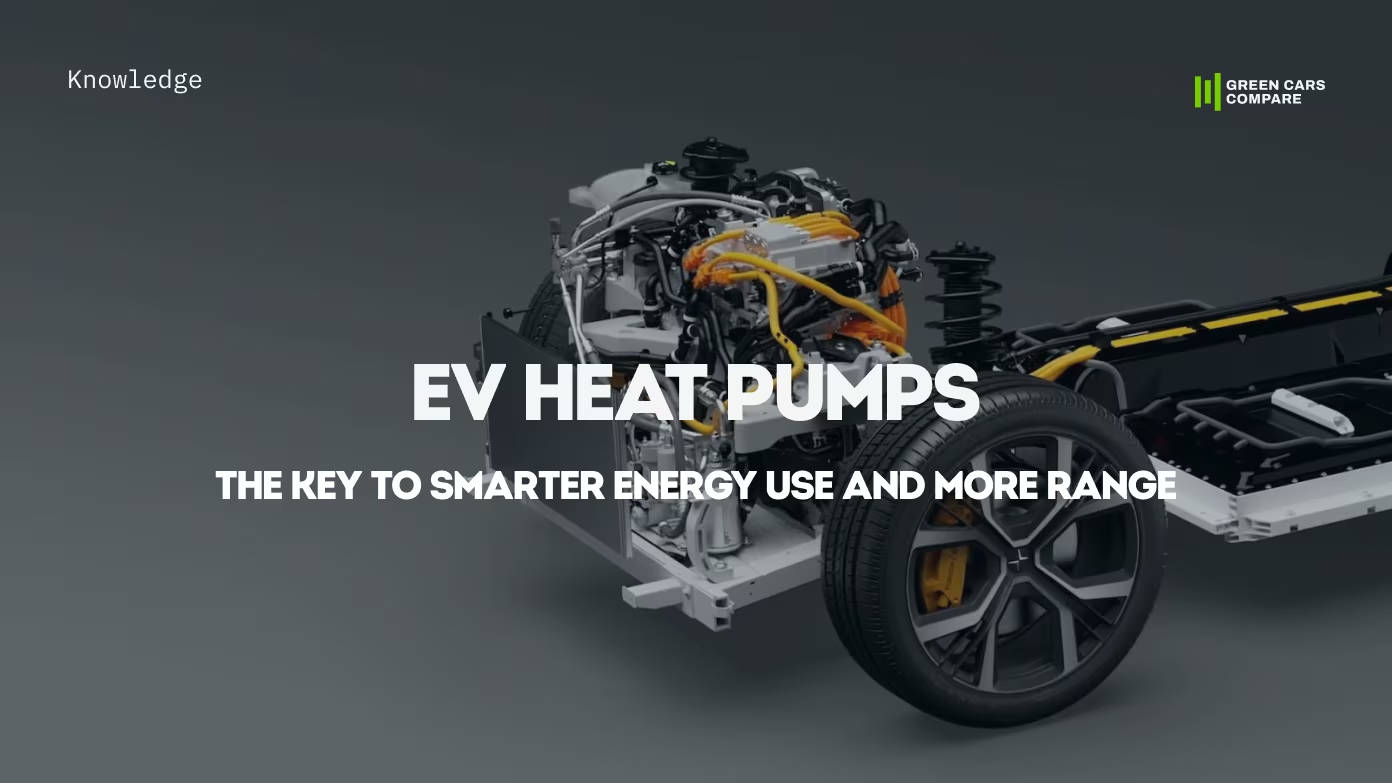
Chevrolet Blazer EV FWD
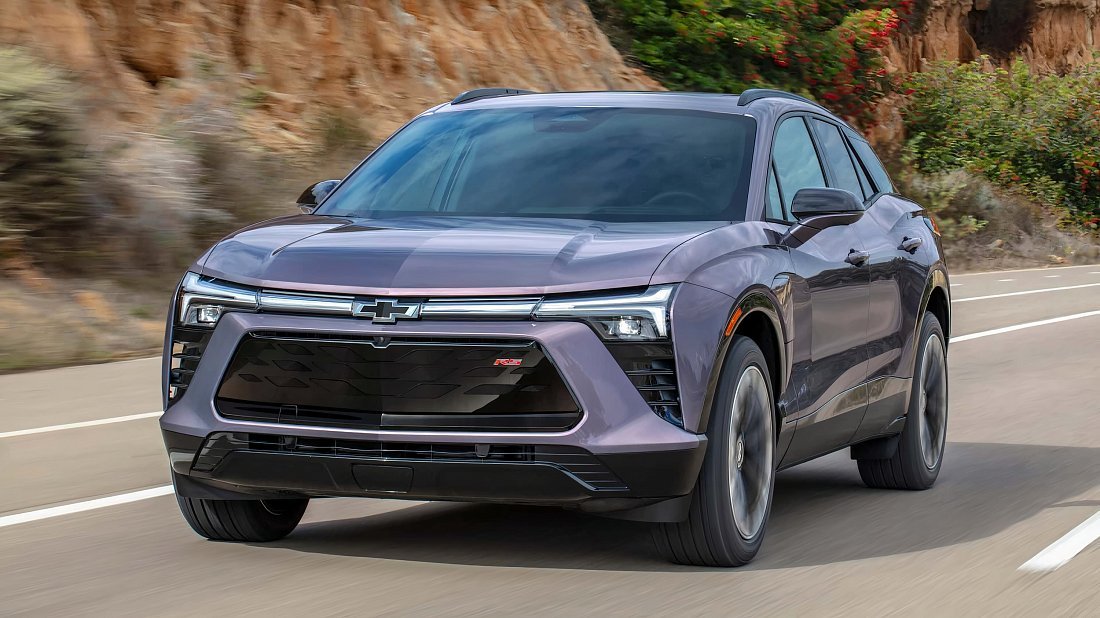

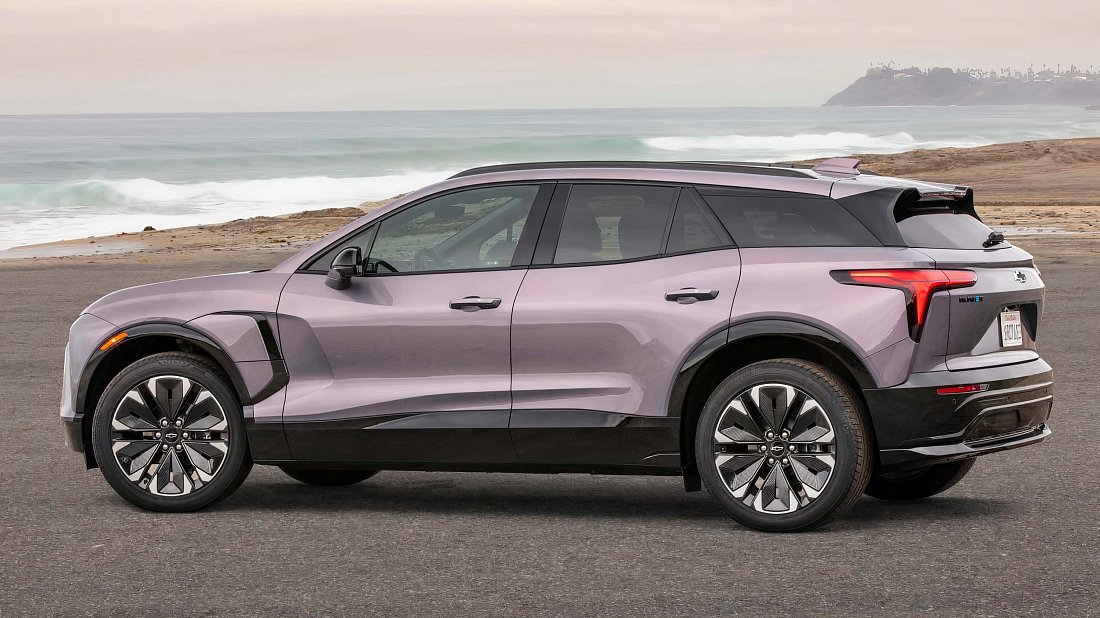
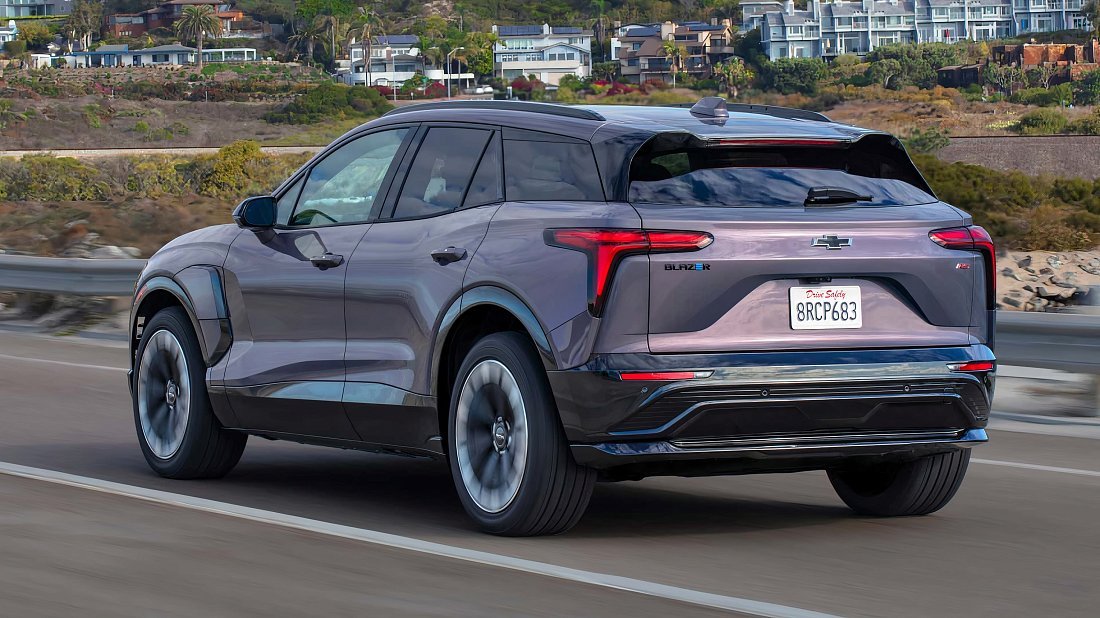
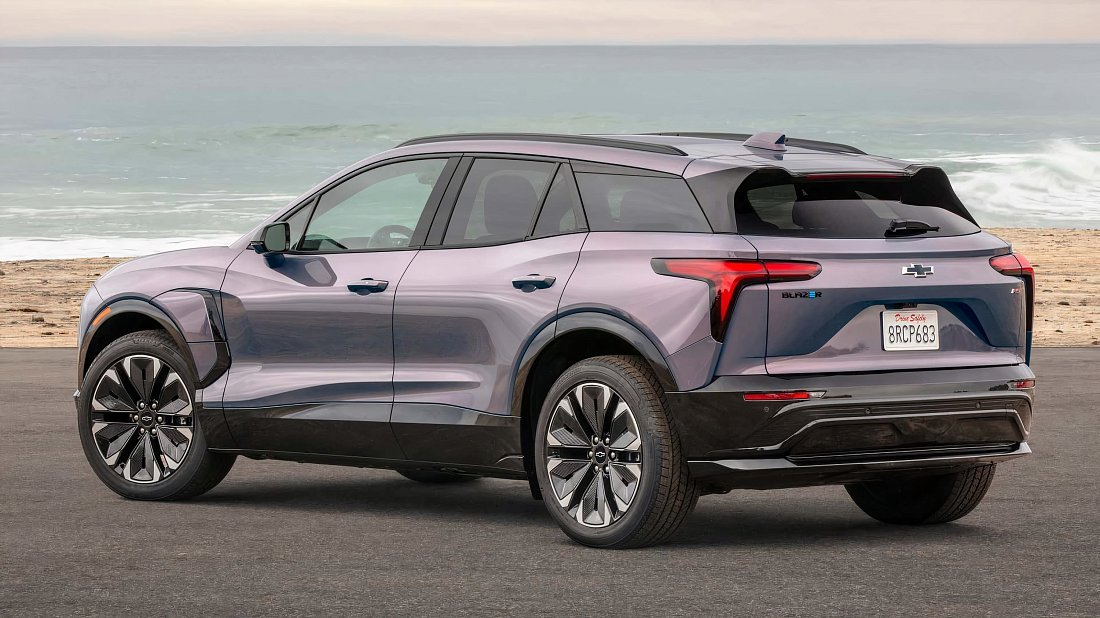
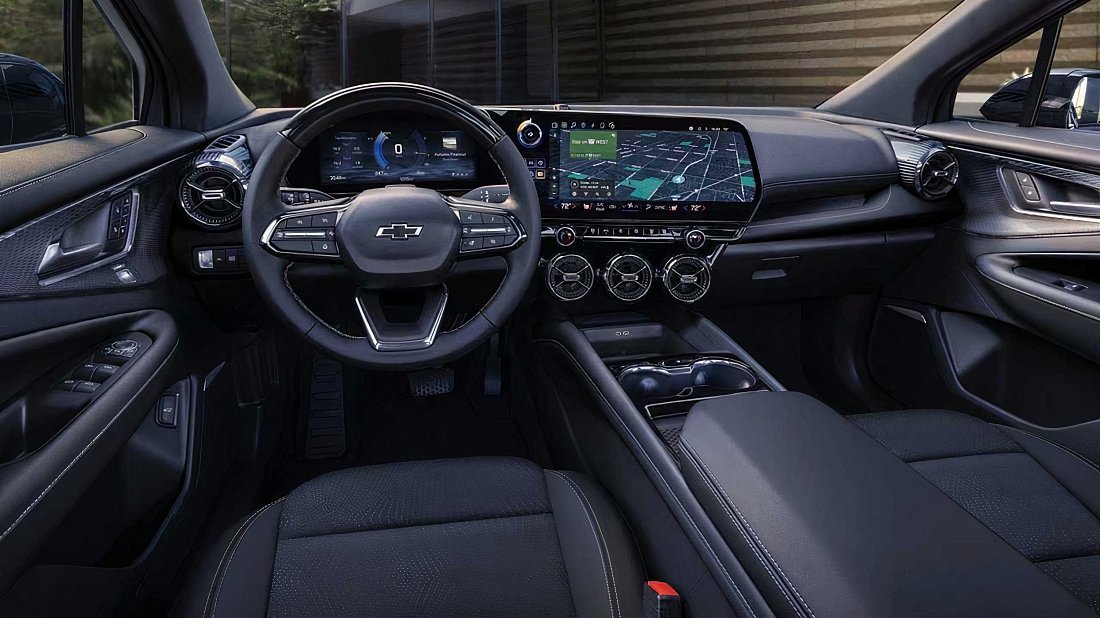


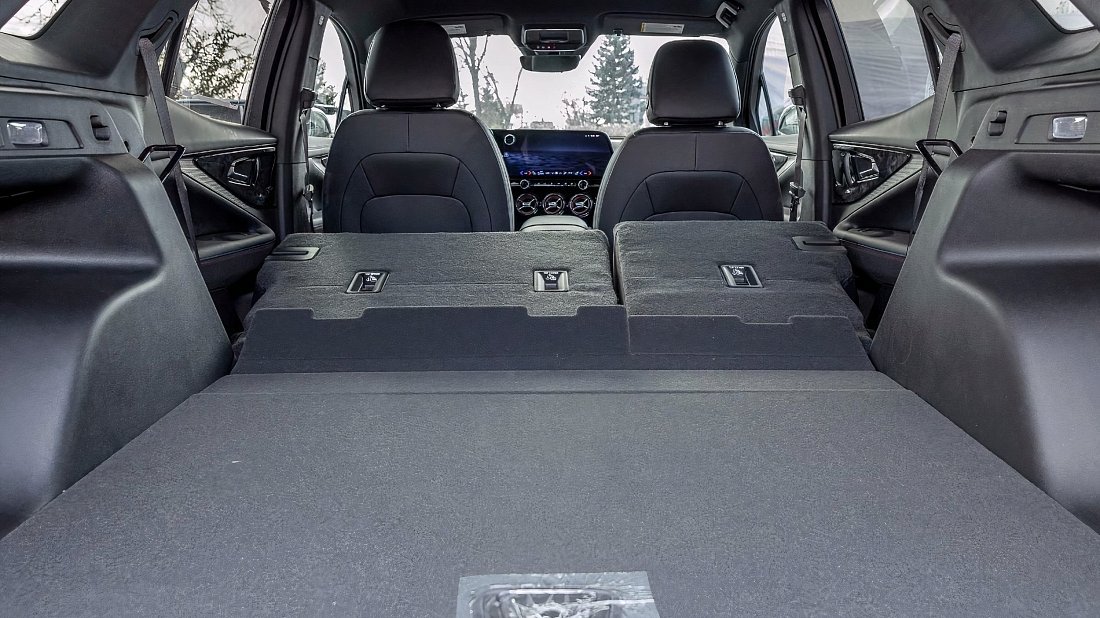
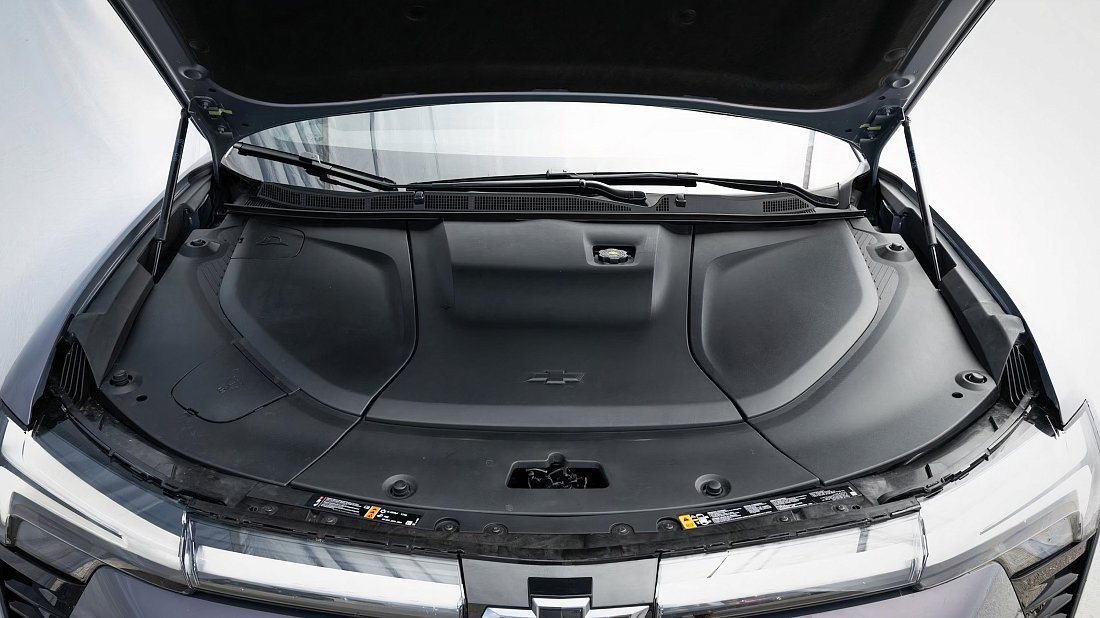
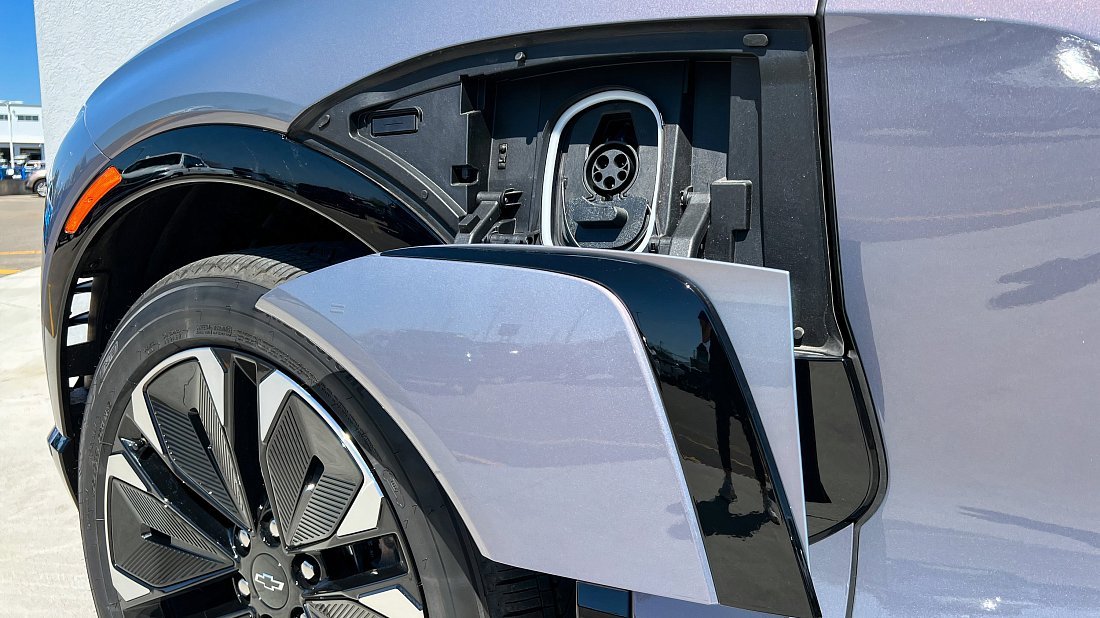
Overview
Main Overview Information
- Price Europe (New)
- No Data
- Price Europe (Used)
- No Data
- Country of Manufacture
-
- Mexico
![Mexico Mexico]()
- Mexico
- Years of Production
- 2025-… (Produced)
- Body Style
- SUV
![]()
- Market Availability
- USA
Pros and Cons
Reasons to Buy
- Great real-world range
- Spacious, tech-rich interior
- Large standard cargo
- Efficient FWD powertrain
- Striking exterior styling
Reasons Not to Buy
- Primarily US market
- CCS1 port (EU issue)
- Lacks front trunk
- Unremarkable FWD performance
- DC charging not leading
Overview
The 2025 Chevrolet Blazer EV FWD rolls in as a fresh face in the electric SUV game, aiming to blend striking looks with everyday usability. This front-wheel-drive variant is pitched as an accessible entry into the Blazer EV family, prioritising a balance of range and efficiency for daily duties and longer jaunts. While its primary market is the USA and European pricing isn't currently specified, it’s set to offer a compelling package with Chevrolet’s latest Ultium electric architecture. Expect a spacious cabin and a raft of modern tech onboard.
What's New for 2025?
For 2025, this specific FWD configuration of the Blazer EV is essentially brand new, marking its production start this year. It broadens the Blazer EV portfolio, offering a distinct option alongside its RWD and AWD brethren. Built on GM's versatile Ultium platform, it brings fresh battery and motor technology to the table. While the overall Blazer EV design debuted earlier, this FWD variant represents a key new choice for buyers looking for that specific drivetrain and its associated characteristics within the lineup.
Design & Exterior
The Blazer EV FWD boasts a sharp, athletic stance that’s sure to turn heads, drawing inspiration from Chevy's performance car heritage. It’s a proper looker! Key dimensions are a substantial 4883 mm in length, 1982 mm in width (without mirrors), and a height of 1651 mm, giving it solid road presence. Expect sleek LED lighting signature front and rear. The FWD trim will likely feature distinct wheel designs and potentially unique styling cues compared to the sportier RS or SS trims, underscoring its efficient focus.
Interior, Tech & Cargo
Inside, the Blazer EV FWD offers a modern, tech-centric cabin designed for five occupants. Passenger space is generous, and while material quality will aim for contemporary standards, the focus is on the massive infotainment screen and digital driver display dominating the dashboard – likely a 17.7-inch central touchscreen paired with an 11-inch driver cluster. Apple CarPlay and Android Auto are standard. For your kit, there's a very useful 722 litres of boot space, expanding to a cavernous 1674 litres with the rear seats folded. No frunk on this one, though.
Performance & Driving Experience
Under the bonnet (well, sort of!), the Blazer EV FWD gets a single Permanent Magnet Synchronous Motor (PMSM) driving the front wheels. It delivers a respectable 164 kW (around 220 bhp) and 330 Nm of torque. This setup allows for a 0-100 km/h sprint in a claimed 8.3 seconds, with a top speed of 190 km/h. Expect a comfortable and composed ride, with selectable regenerative braking modes to help claw back some energy. It’s more about smooth, efficient cruising than neck-snapping launches.
Range, Battery & Charging
The FWD model is equipped with an 85 kWh usable battery pack (89 kWh nominal), providing a Green Cars Compare estimated real-world range of 477 km, which is pretty decent for gobbling up the miles. Efficiency is rated at a solid 5.61 km/kWh. For juicing it up, standard AC charging is handled by an 11.5 kW on-board unit, meaning a full top-up will take around 7.5-8 hours. When you're out and about, DC fast charging maxes out at 150 kW from its 400V architecture, potentially adding significant range in around 30 minutes. The specified charge port is CCS Type 1, common in its primary North American market.
Safety & Driver-Assistance Features
While specific Euro NCAP or NHTSA ratings for this FWD trim are not yet available, the Blazer EV platform is engineered with safety in mind. Expect a comprehensive suite of standard driver-assistance systems, likely including Chevy Safety Assist. This typically bundles features like Automatic Emergency Braking, Forward Collision Alert, Lane Keep Assist with Lane Departure Warning, and IntelliBeam auto high beams. More advanced options, such as adaptive cruise control, might be available depending on the specific package chosen.
Warranty & Maintenance Coverage
Specific warranty details for a potential European release are yet to be confirmed, as its primary market is the USA. However, typically for EVs in this class, buyers might expect a basic vehicle warranty around 3 years/60,000 km and a more extensive battery warranty, often in the region of 8 years/160,000 km, covering against significant degradation. Electric vehicles generally benefit from reduced maintenance schedules compared to their combustion engine counterparts, meaning fewer trips to the service centre for routine upkeep, which is always a bonus.
Previous Generation
There are no earlier versions of this carNext Generation
There are no newer versions of this carSimilar Electric Cars
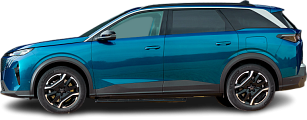
- Produced
- 2024-…
- Real Range
- 568 km
- 0-100 km/h
- 9.7 s
- Price (Europe)
- €55.250

- Announced
- 2025-…
- Real Range
- 489 km
- 0-100 km/h
- 7.5 s

- Produced
- 2025-…
- Real Range
- 471 km
- 0-100 km/h
- 6.9 s

- Produced
- 2024-…
- Real Range
- 425 km
- 0-100 km/h
- 9.6 s
- Price (Europe)
- €44.990
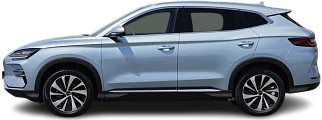
- Produced
- 2024-…
- Real Range
- 357 km
- 0-100 km/h
- 9.3 s
- Price (Europe)
- €41.990

- Discontinued
- 2024-2025
- Real Range
- 452 km
- 0-100 km/h
- 7 s
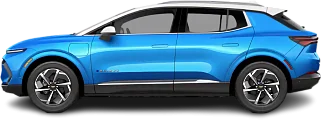
- Produced
- 2024-…
- Real Range
- 487 km
- 0-100 km/h
- 8.2 s


